10 Tips for Choosing the Perfect Wheelchair Ramp for Your Home
Choosing the right wheelchair ramp for your home can be a daunting task. With various types, sizes, and materials available, it’s crucial to know what best suits your needs. This guide provides essential tips to help you make an informed decision, ensuring safety and accessibility for your loved ones.

1. Understand Your Specific Needs
The first step in selecting the right wheelchair ramp is to truly understand your specific needs. Consider who will be using the ramp and how often. For instance, will it primarily be for a family member with limited mobility, or will it be regularly accessed by friends and visitors? Different users may have varied requirements. Additionally, evaluate the type of wheelchair or mobility device in use, as some wheelchairs may impact ramp width and slope. Whether you need ramps for wheelchairs, scooters, or other mobility aids, it's important to tailor your selection accordingly.
Think also about the activities involved with using the ramp. Is it meant for simple home access or more extensive outdoor use? This will guide your choice between a permanent ramp for home wheelchair access and a portable wheelchair ramp solution. Remember that comfort and safety should always come first in the decision-making process.
2. Evaluate the Space Available
Once you have a clear understanding of your needs, evaluate the space in your home. Take accurate measurements of the area for the wheelchair ramp, including the height from the ground to the entry point. This measurement will influence the ramp's length and slope; a steep ramp for stairs may be unsafe, while a gentler ADA-compliant ramp provides ease of use.
Assess any potential obstructions that could interfere with installation, such as railings or furniture. Ensure there's enough space for the ramp, whether it’s a metal ramp for house use or a wooden wheelchair ramp. A simple diagram can help visualize the layout and avoid unexpected challenges.
3. Choose the Right Materials
Material selection greatly impacts the durability and practicality of disability ramps for home use. Options include wooden ramps, aluminum wheelchair ramps, and composite materials. While wood offers a traditional look, it may need regular upkeep. In contrast, aluminum ramps are lightweight, rust-resistant, and ideal for outdoor conditions. Opt for ramps with non-slip surfaces, such as textured metal or rubber coatings, for enhanced safety.
Consider local weather when choosing materials. Aluminum disability ramps work well in damp climates, while rubber threshold ramps are suited for indoor use. The right material should blend functionality with aesthetic appeal.
4. Determine the Appropriate Ramp Length
The ramp length directly affects usability. Follow the standard 1:12 slope ratio—every inch of vertical rise requires at least 12 inches of ramp run. This ensures a safe and manageable incline. Calculate your vertical rise to find the ideal wheelchair ramp length, especially for ramps for homes with higher entry points.
If space allows, a longer ramp with a more gradual slope is preferable. For example, aluminum ramps with this ratio ensure comfort for users navigating up or down.
5. Check Local Regulations and Codes
Understanding local building codes is crucial when choosing or building a wheelchair ramp. Many regions have specific guidelines for ADA ramps, including width, slope, and surface requirements. Complying with these ensures safety and avoids fines.
Contact your local building department or check online for regulations. Knowing these standards can simplify the selection of metal handicap ramps or temporary ramps for homes.
6. Consider Weight Capacity
Selecting a ramp with the right weight capacity is vital for safety. Be sure to choose one that can support the combined weight of the user and their mobility device. If you plan on using a portable ramp or moveable wheelchair ramp, verify that it’s robust enough for various users.
Plan for potential future needs by choosing ramps that exceed current weight requirements. A strong handicap ramp with a higher capacity ensures safe and reliable use over time.
7. Look for Non-Slip Surfaces
To maximize safety, select ramps with non-slip surfaces. This feature is essential for preventing slips and falls, especially in damp or icy conditions. Portable ramps and aluminum ramps for wheelchairs often come with textured surfaces to provide extra grip.
Enhance safety further with handrails for ramps or side rails, adding confidence for users. Combining these with a non-slip surface makes any wheelchair and ramp system more secure.
8. Assess Portability Needs
If you need a ramp for multiple locations, opt for a foldable wheelchair ramp or a portable disabled ramp. These ramps are lightweight and easy to transport, ideal for visits or trips. A temporary wheelchair ramp can be set up quickly and taken down without professional help.
Permanent solutions, like metal wheelchair ramps for home use, offer greater stability but sacrifice portability. Identify your mobility needs before making a choice.
9. Explore Installation Options
Consider the installation requirements of your chosen ramp. Some portable wheelchair ramps for steps are ready to use immediately, while more complex handicap ramps for homes may need professional installation.
Look for installation services or kits that simplify the process. Aluminum ramps often come with clear guides, making them easier to install. A professional installer can help with more intricate setups, ensuring your ramp for stairs wheelchair configuration is safe and secure.
10. Seek Professional Advice When Needed
Navigating the choices for wheelchair ramps for homes can be overwhelming. Don’t hesitate to seek advice from professionals or local disability advocates. They can recommend reputable products like Prairie View Industries or advise on the best type for your needs, including portable ramps for stairs or handicap ramps for mobile homes.
Consulting an expert helps ensure that your ramp promotes comfort and safety, making mobility at home both easy and secure.
Let Us Know What You Think!
Your thoughts and questions are incredibly valuable to us, and we'd love to hear from you. If you have additional insights to share, your comments can spark meaningful discussions and enhance the collective knowledge of our community. Don't hesitate to ask any questions you may have; our team is here to provide answers and engage with you. So, please, take a moment to leave a comment or question below. Your input is much appreciated!



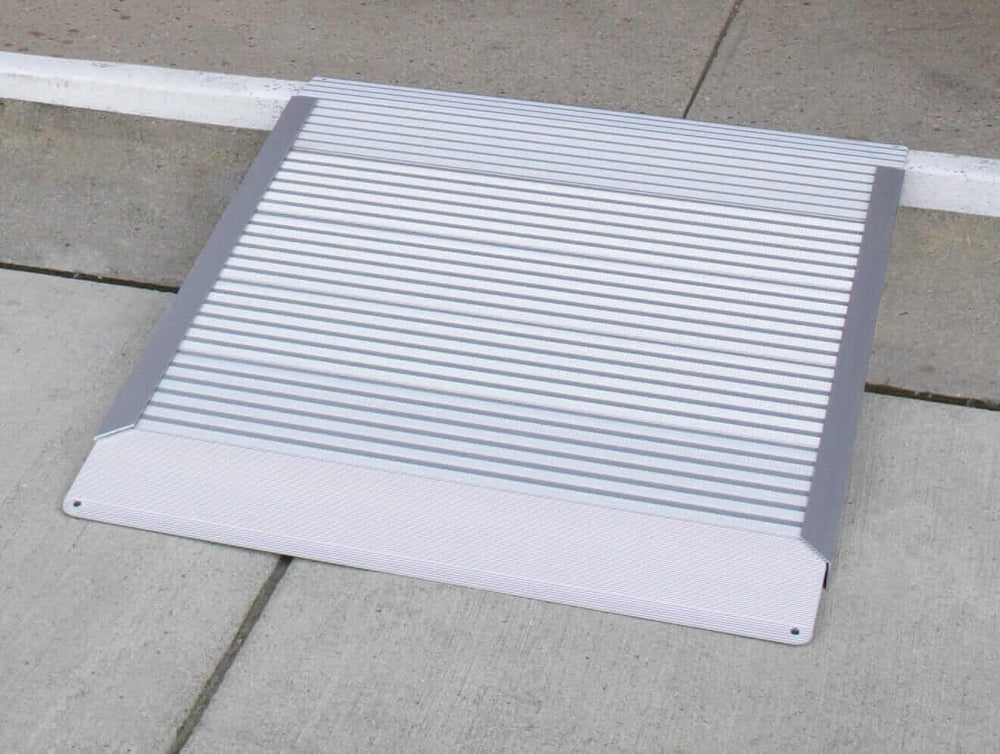

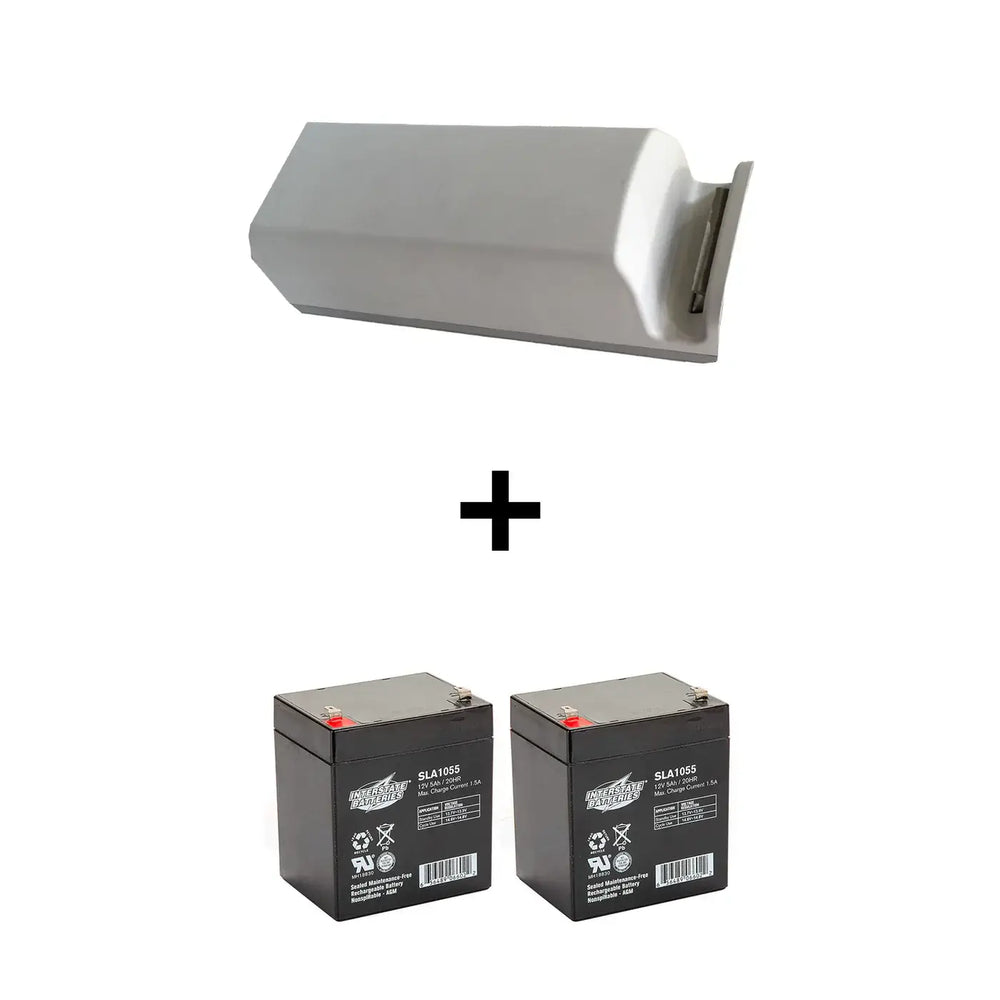


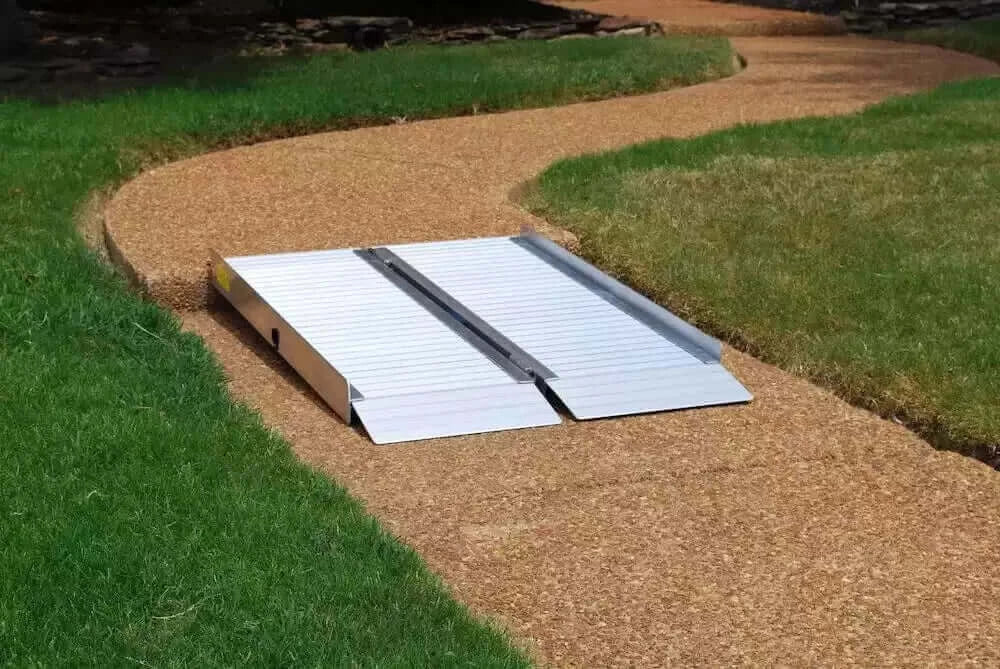

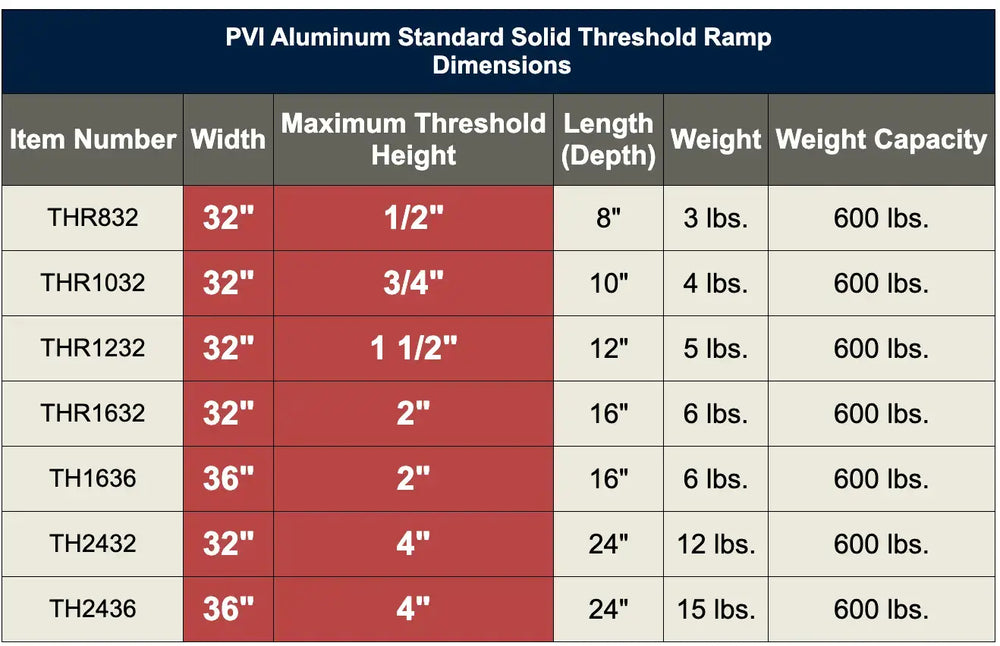



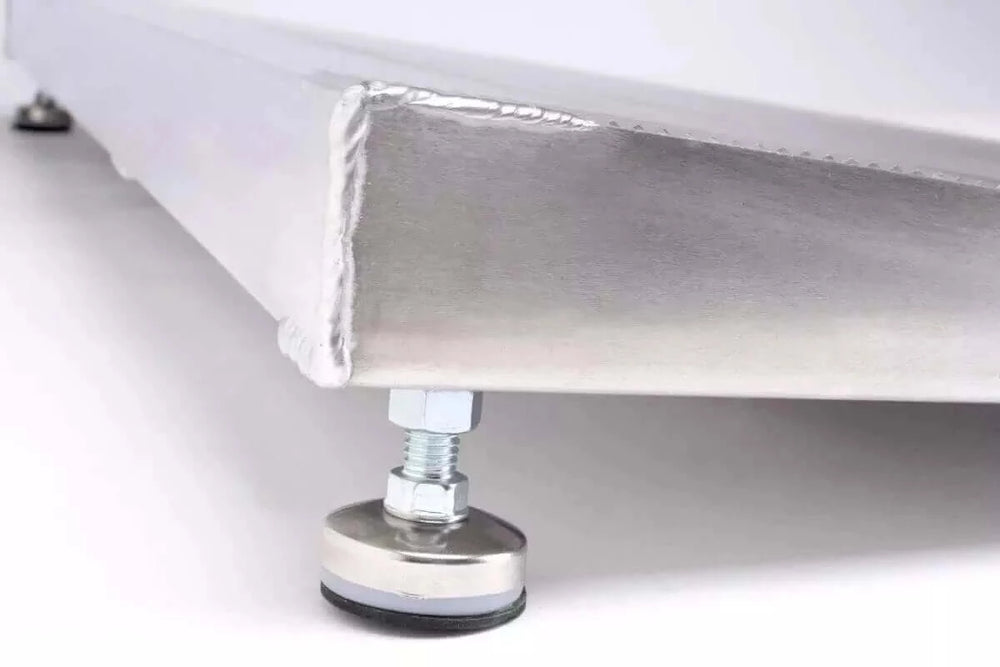
Leave a comment